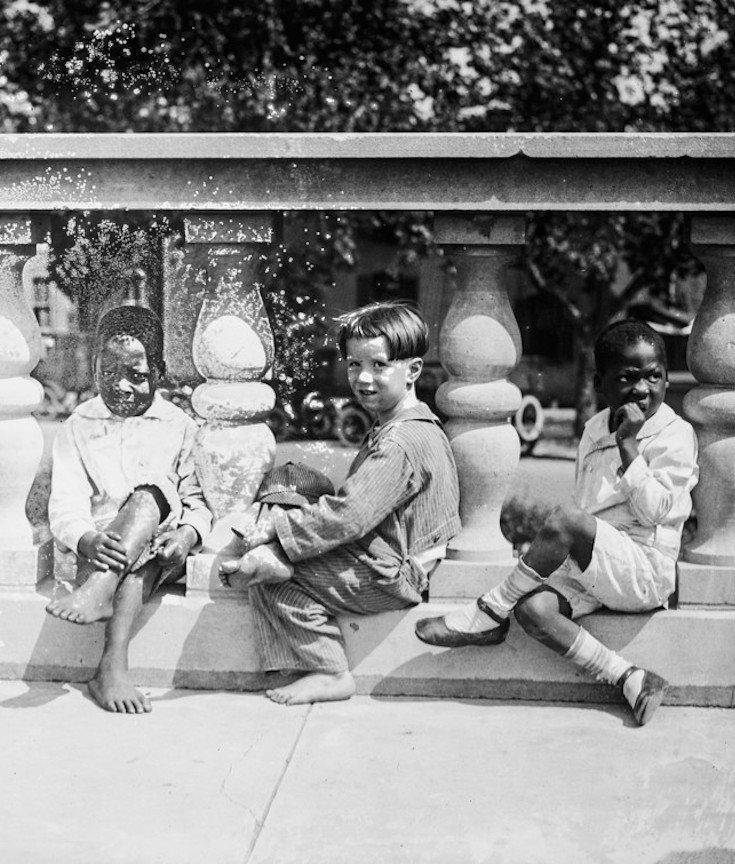The wealth discrepancy between blacks and whites is one of the most stark examples of inequality in America. White American families have, on average, around $142,000 in savings and assets, minus debt. Black families’, meanwhile, amounted to only $11,000, according to a 2014 Pew Research study. The gulf between black and white wealth is the worst it has been since the 1980s. Put differently, an average white family has 13 times the wealth of an average black family.
But as though the median numbers for the country as a whole weren’t bad enough, things look much worse in America’s cities, according to a new paper from the Urban institute—even cities such as D.C. where the prevalence of public-sector jobs, a large black population, and a high share of black business owners might make it seem like a place that black families could thrive. But in Washington D.C., the median white family has a staggering 81 times as much wealth as the median black. [mc4wp_form id=”6042″]
 Image | Infographic Credit: SOCIAL MEASURES.COM
Image | Infographic Credit: SOCIAL MEASURES.COM
 Image | Infographic Credit: SOCIAL MEASURES.COM
Image | Infographic Credit: SOCIAL MEASURES.COM
 Image | Infographic Credit: SOCIAL MEASURES.COM
Image | Infographic Credit: SOCIAL MEASURES.COM
The Great Recession, fueled by the crises in the housing and financial markets, was universally hard on the net worth of American families. But even as the economic recovery has begun to mend asset prices, not all households have benefited alike, and wealth inequality has widened along racial and ethnic lines.
The wealth of white households was 13 times the median wealth of black households in 2013, compared with eight times the wealth in 2010, according to a new Pew Research Center analysis of data from the Federal Reserve’s Survey of Consumer Finances. Likewise, the wealth of white households is now more than 10 times the wealth of Hispanic households, compared with nine times the wealth in 2010.
The current gap between blacks and whites has reached its highest point since 1989, when whites had 17 times the wealth of black households. The current white-to-Hispanic wealth ratio has reached a level not seen since 2001. (Asians and other racial groups are not separately identified in the public-use versions of the Fed’s survey.)



You must be logged in to post a comment.